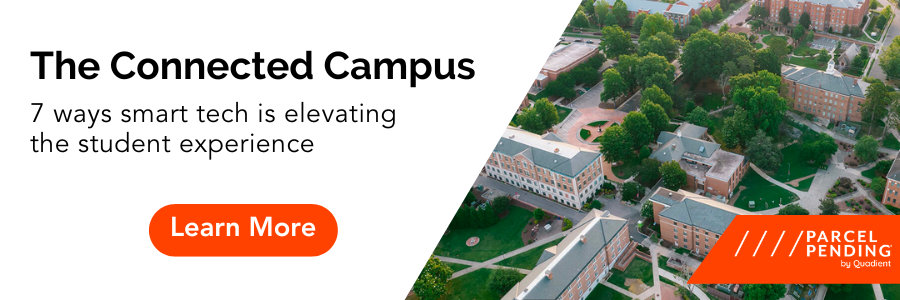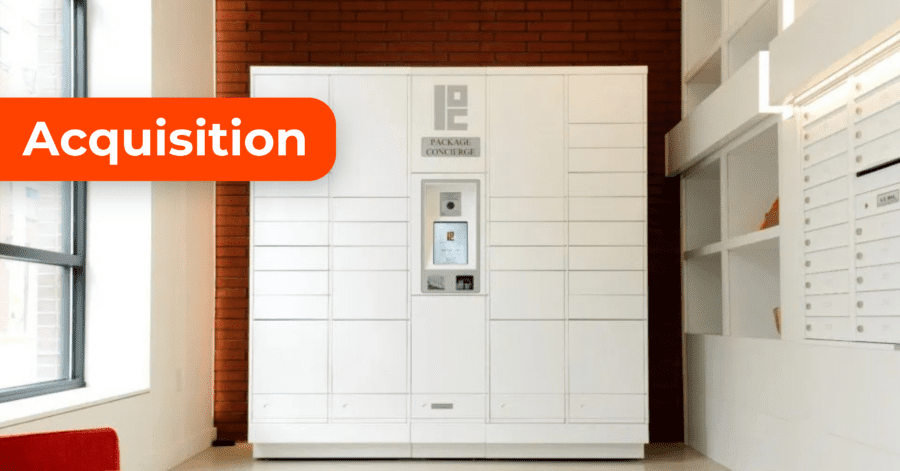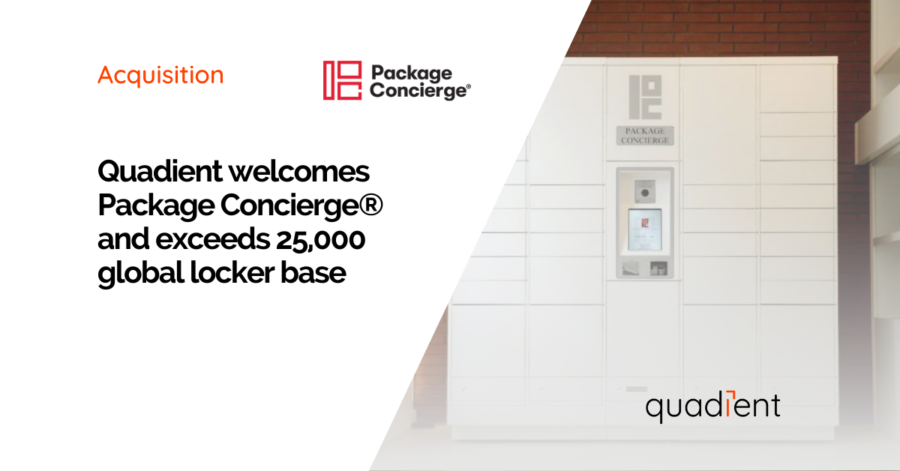
University
Technologically Advanced Universities and How They’re Changing the Student Experience
Written by: Parcel Pending
5 Min Read
Published: October 31, 2021
Updated: August 7, 2023
The 2020-2021 academic year was all about flexibility and remote learning. This year, it’s about leveraging technology, embracing lessons learned, and improving the student experience at university.
Student Experiences with Technology During the Pandemic
According to a new study analyzing the student experience with technology during the pandemic, colleges and universities scored quite well1. Over 80% had Internet service that met their needs, 72% of students didn’t experience any device issues, and virtually all of them resolved any tech issues on their own. Usage of videoconference skyrocketed to mainstream status with 87% of campuses projected to embrace it by the end of 20212.
However, technology got failing grades when it came to the following issues:
- Instructors requiring unfamiliar applications
- Inability for students to collaborate with others adequately
- Poor monitoring and proctoring practices that deprived students of test-taking times
- Professors not adapting their courses for online learning outside of the classroom (too many slides, not enough interaction between the faculty member and undergraduate students, etc.)
- Ghosting and ineffectual communication by instructors and professors
Technology Prepares Graduates for Jobs
Not surprisingly, research by Apple shows that students learn core competencies faster with the power of laptops. Employing gamification – turning stagnant lessons into interactive games – also keeps students more engaged. Beyond academic excellence, high-tech integration into the college curriculum also prepares students for the job market.
Today, the most technologically advanced colleges are creating a student-centered approach to learning that allows for self-pacing, creativity, and problem-solving skills that aid in employment opportunities. Makerspaces, for example, provide a leg up for students. These labs allow students to create prototypes of their ideas leveraging 3D printing, laser cutters, milling devices and more. The entire process facilitates mentoring, innovation, and collaboration that are essential skills into the digital workplace.
Benefits of a Technology-Advanced College
Schools that implement an advanced digital infrastructure allow learners to more effectively engage with their coursework, professors, and peers. Artificial intelligence, virtual reality, blockchain networks, and even IBM’s Watson are being deployed across computer science and engineering classrooms to enrich the learning experience.
Rensselaer Polytechnic Institute, for instance, has created a revolutionary and immersive way to teach Mandarin. Students learn this Chinese dialect within a virtual computer-generated street scene and by conversing with avatars. As one successful student explains: “I thought it would be cheesy. It’s definitely more engaging because you’re actively involved with what’s going on”3.
They’re not the only ones making such technological advances. Southern New Hampshire University is teaching architecture through the lens of a 3D holographic model. And MIT has created a multi-million-dollar fund to pay faculty to experiment with teaching innovations!
Campus Hub™: Technology Meets Function
This post-pandemic world has demonstrated that students are willing to embrace technology in order to safely remain on campus – including smart parcel lockers for campus deliveries.
Whereas most smart lockers on campus were originally installed to assist in secure package delivery and retrieval, today they’re being deployed in ways beyond the mail. Smart lockers now act as a central distribution system called the Campus Hub for the transfer of documents, keys, laptops, books, move-in materials and more.
Examples include:
- Bookstore Merchandise: Clothing, books, electronics, gifts and more can be retrieved with zero face-to-face interaction.
- Electronics: Student laptops, tablets, and other school-owned devices can be disseminated.
- Class Equipment: Classrooms can distribute equipment for course work and projects and students can easily and safely return the items.
- On-Campus Dining: A student can simply place an order for a meal online via the college or university’s dining software and then pick-up their food and beverage items safely without coming in contact with anyone.
- Student Mail: Packages and regular USPS mail.
- Move-in/Move-out Materials: Items such as keys, ID cards, welcome packets and other important school materials can be shared with students via smart lockers.
- Event Tickets: Tickets for sporting events and other student activities can be distributed via smart lockers to minimize lines and contact with ticket agents.
Most importantly, Campus Hub allows a college student, faculty member, or staff member to retrieve packages contact-free at their convenience. With virtually no one ever leaving their mobile phone far behind, users can quickly, easily, and safely open a smart locker simply by scanning their unique barcode on their phone.
These benefits have led savvy administrators at Rollins College, Mount San Jacinto College, Scripps College, University of Colorado Springs, and Indian River State College to embrace the Campus Hub model – successfully merging technology with functionality. Here are a few examples of higher education institutions who were able to improve their student experience with university smart lockers:
University of Florida: Boosting the Student Experience
The University of Florida Housing Department had a parcel problem that was disrupting the student experience. With a whopping 4,000 packages delivered in one peak day, employees were struggling to manage the package onslaught resulting in lost packages, delays, and complaints.
By installing Parcel Pending by Quadient’s smart lockers and integrating its reporting system, the school could view the chain of custody, speeding up delivery and increasing student satisfaction. It also saved a startling 20 hours per week in human capital with the switch.
The lockers were originally planned as a test case, but after only two weeks of seeing efficiencies, the university adopted smart lockers for all 26 residence halls and 8,100 residents. Today, the University of Florida views Parcel Pending’s lockers as a key amenity highlighting them in its marketing material and even creating a video touting the benefits.
Safe & Secure Parcel Delivery at Lehigh University
Lehigh University faced a different issue: a safe and manageable solution to the avalanche of packages flowing into three new residential dorms. Housing 406 upper-class students, the Singleton, Hitch & Maida Houses were designed with amenities to foster a superior experience including a fitness center, air-conditioned suites, a coffee house, and a soon-to-be-built fitness center. Smart lockers were a logical next step.
“Creating a safe environment for students – especially in light of COVID-19 – and providing overall exceptional customer service is our priority, and we’re always seeking new innovations to enhance the student experience,” explains Mark Ironside, assistant vice president of business services at Lehigh University.
Colleges are navigating how best to integrate technology on campus. Since this generation grew up in a digital world, the challenge is embracing the right technology at the right time. To discover more trends on college campuses check out our latest blog post. And to determine how smart lockers can work in your digital transformation, contact a Parcel Pending by Quadient representative today.
Sources:
- Brooks, D. Christopher & Gierdowski, Dana C. EDUCAUSE. (2021, April). Student Experiences with Technology in the Pandemic [Report]. Retrieved from: https://library.educause.edu/resources/2021/4/student-experiences-with-technology-in-the-pandemic
- Kelly, Rhea. Campus Technology. How the Pandemic Boosted Ed Tech Adoption. (2021, June 8). https://campustechnology.com/articles/2021/06/08/how-the-pandemic-boosted-ed-tech-adoption.aspx.
- Marcus, Jon. The New York Times. How Technology is Changing the Future of Higher Education. (2020, February 20). https://www.nytimes.com/2020/02/20/education/learning/education-technology.html.






